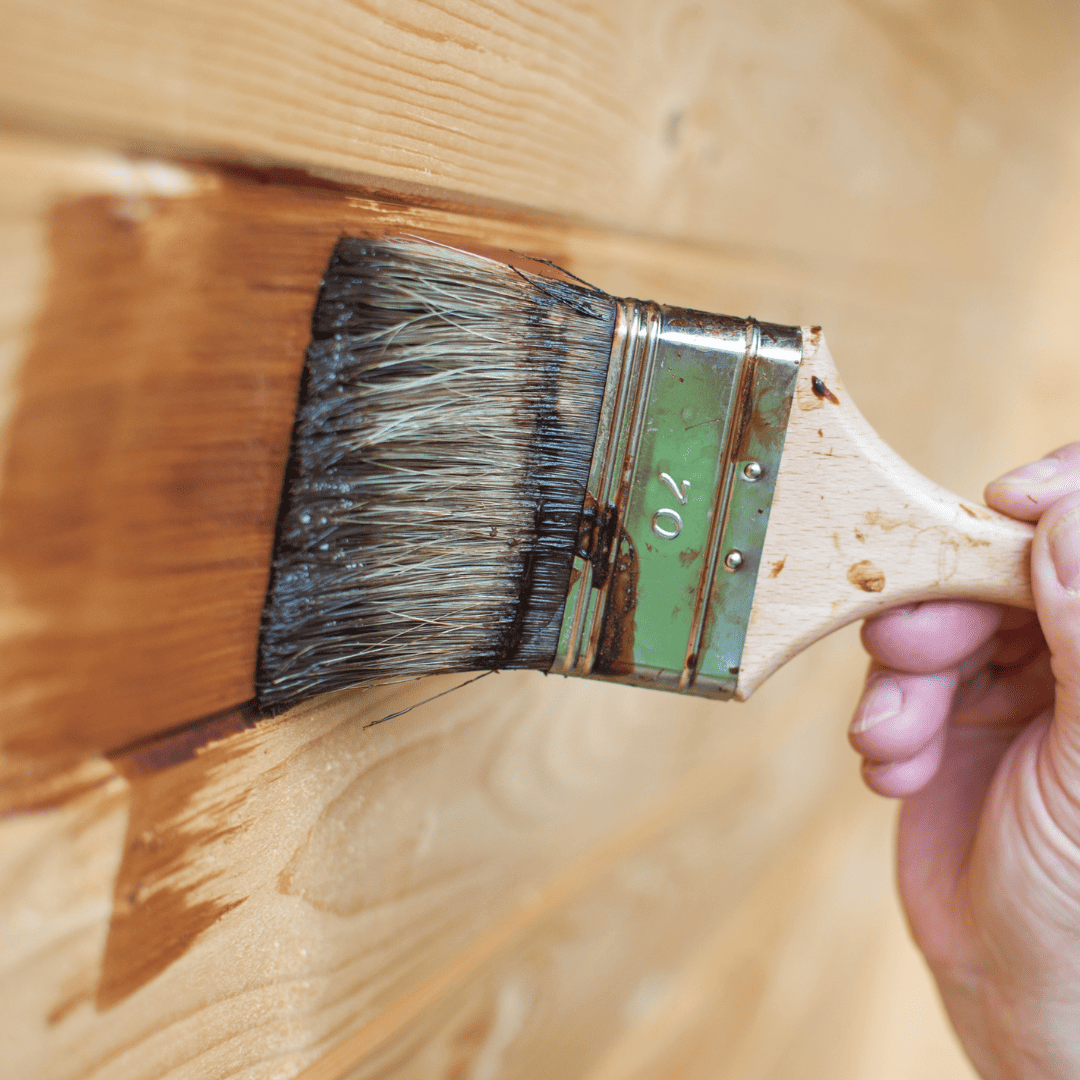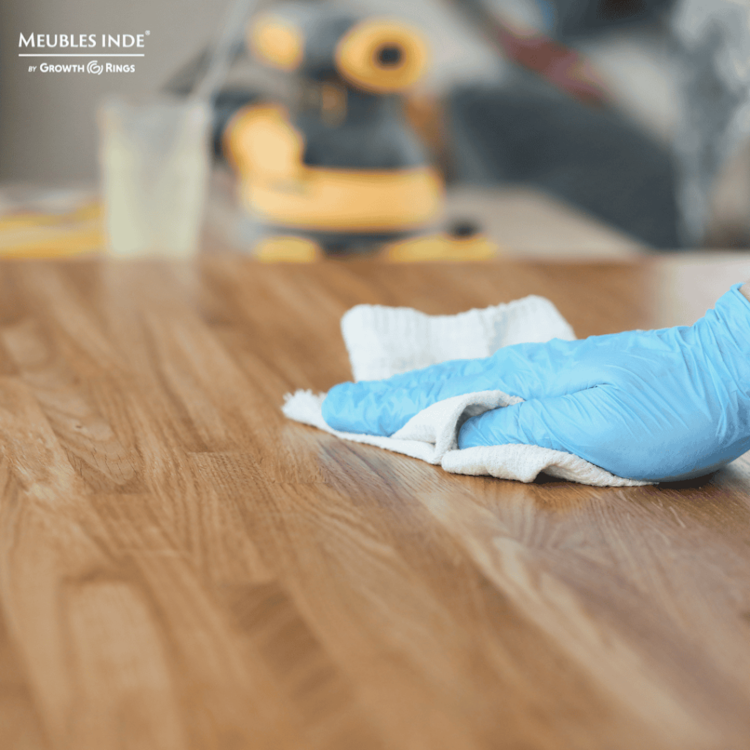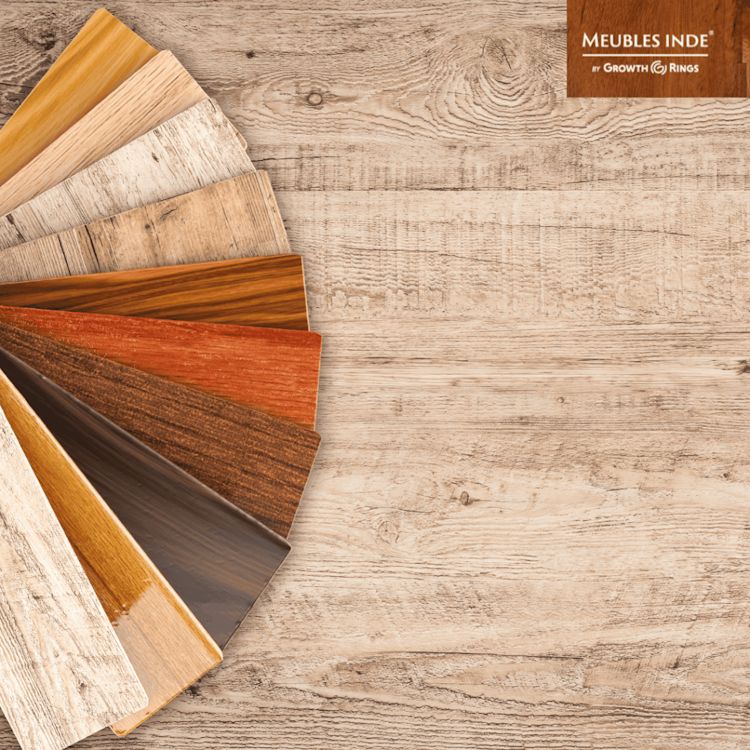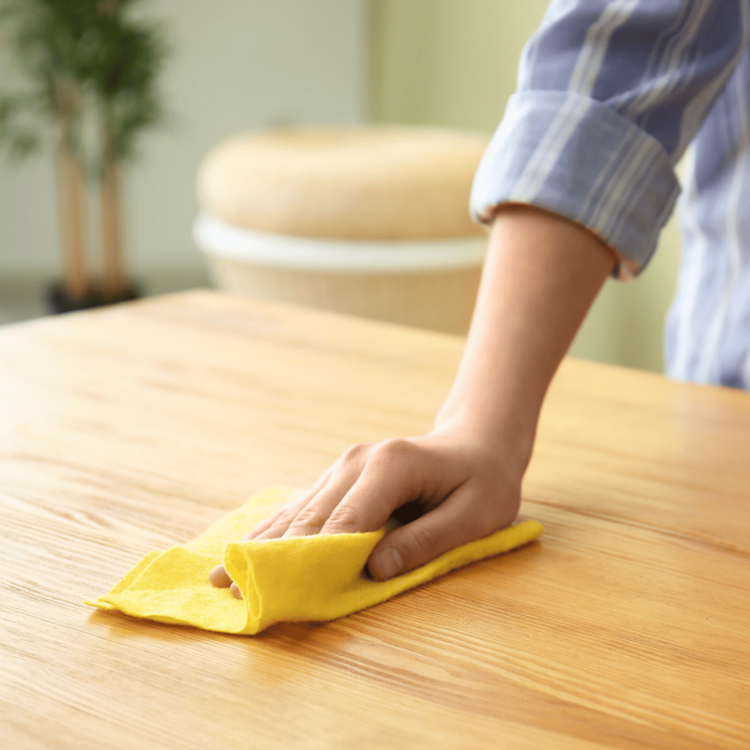Transforming the look of your mango wood furniture is a breeze with a fresh coat of paint.
In this guide, we’ll walk you through the simple steps to give your furniture a new lease on life. No fancy words, just practical advice to get the job done.
Paint Your Mango Wood Furniture With These Easy Steps
Clean and Prepare
Before picking up a paintbrush, ensure your mango wood furniture is ready for its makeover. Follow these steps
Clean with Sugar Soap
- Gather a bucket of warm water and add a small amount of sugar soap.
- Dip a sponge or cloth into the solution and clean the entire surface of the furniture.
- This step removes dirt, grease, and any residue that might affect the paint adhesion.
Fix Any Holes and Sand Lightly
- Inspect the furniture for any holes or imperfections.
- Use wood filler to patch up holes and cracks, smoothing it out with a putty knife.
- Once dry, lightly sand the surface with fine-grit sandpaper. This helps create a smooth canvas for the paint to adhere to.
Apply Primer Evenly
- Choose a high-quality wood primer suitable for your project.
- Apply the primer evenly using a paintbrush or a spray primer.
- Allow the primer to dry completely before moving on to the painting step.
By cleaning, fixing, and priming your mango wood furniture, you set the stage for a successful and long-lasting paint job.
Painting Steps
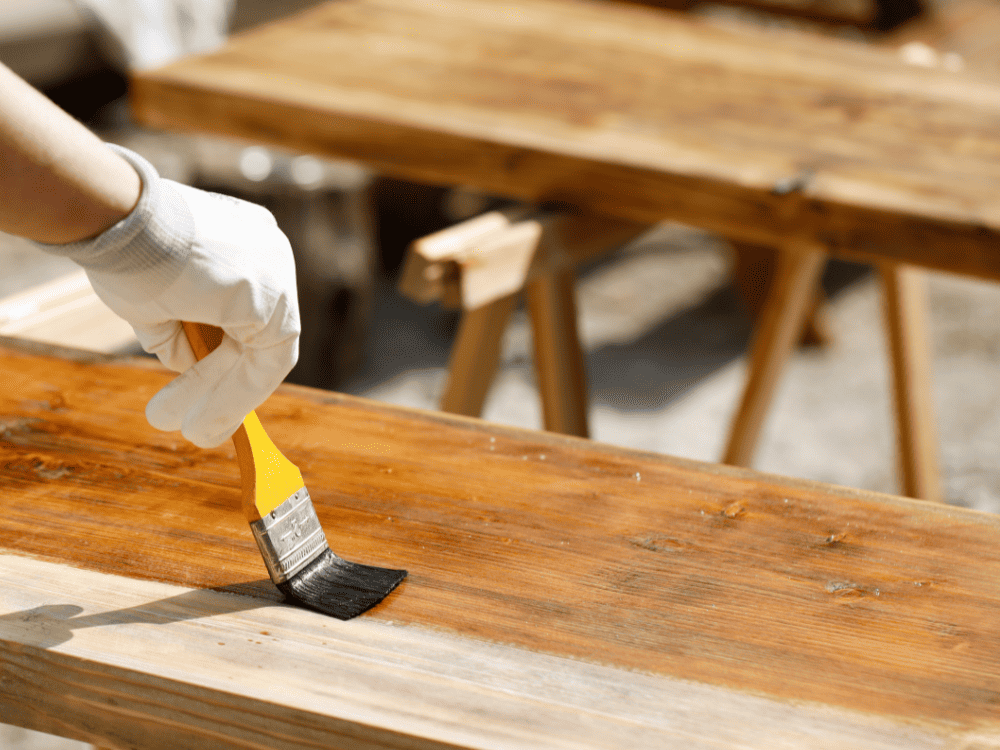
Now that your mango wood furniture is prepped, let’s dive into the painting process. Follow these steps for a smooth and professional-looking finish
Paint the First Coat Evenly
- Choose a high-quality paint suitable for wood furniture.
- Apply the first coat of paint evenly using a good-quality brush. Ensure you follow the natural grain of the wood.
- Allow the first coat to dry completely before moving on to the next step.
Lightly Sand After the First Coat
- After the first coat has dried, lightly sand the surface with fine-grit sandpaper.
- This step helps create a smooth finish and prepares the surface for additional coats.
Repeat Painting, Sanding, and Cleaning Until You’re Happy
- Repeat the process of painting, sanding, and cleaning between coats until you achieve the desired color and finish.
- Take your time and inspect the furniture between each step to ensure a consistent and even look.
Optional Get Creative with Spray Paint
- If you’re feeling adventurous, consider using spray paint for a unique finish.
- Apply thin, even coats of spray paint, allowing each coat to dry before applying the next.
- This option adds a creative touch to your mango wood furniture.
Tools and Prep
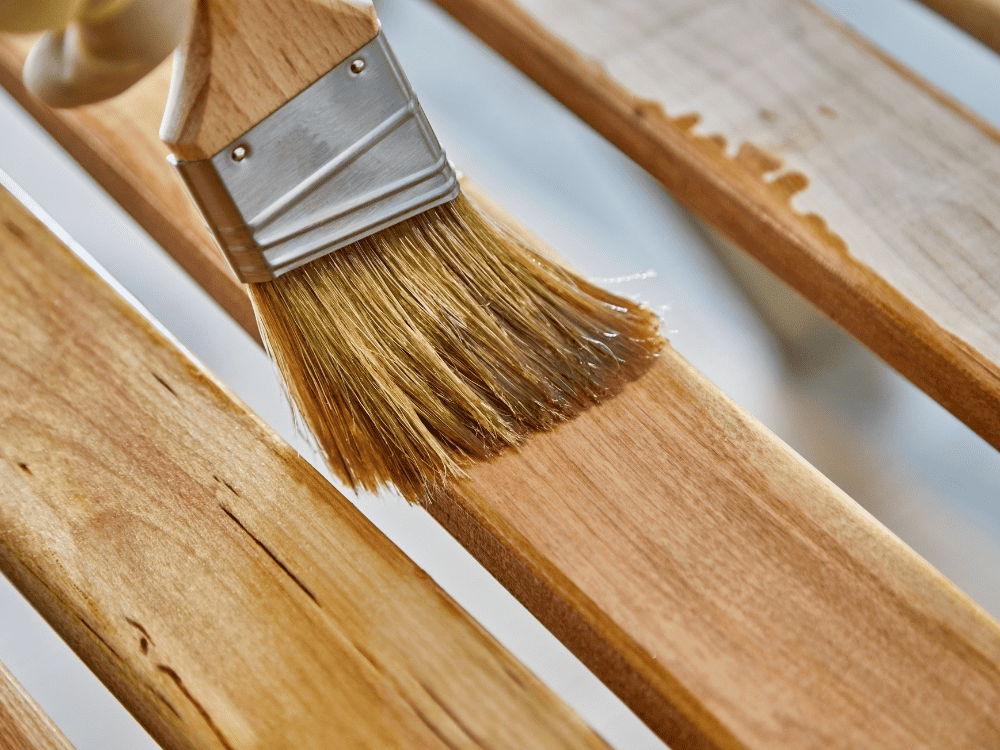
To ensure a professional and neat-looking paint job, pay attention to the tools and preparation
Use a Good-Quality Brush for a Neat Look
- Invest in a good-quality paintbrush suitable for wood surfaces.
- A brush with fine bristles helps achieve a smooth finish and avoids visible brush strokes.
Avoid Rollers for the Final Coat
- While rollers are effective for some coats, avoid using them for the final coat.
- A brush provides better control and precision, resulting in a neater appearance.
Sand the Furniture Before Painting, Being Careful with Grain Lifting
- Before each painting session, lightly sand the furniture to maintain a smooth surface.
- Be cautious when sanding to avoid grain lifting, especially on mango wood, which may have a more open grain structure.
By following these painting steps and paying attention to the tools and preparation, you’ll achieve a beautifully painted mango wood furniture piece that adds a fresh and vibrant look to your space.
Well, as we are experts in mango wood furniture, if you would like to buy a new one then you can get it by visiting our diverse furniture category.
Priming and Steps in Between
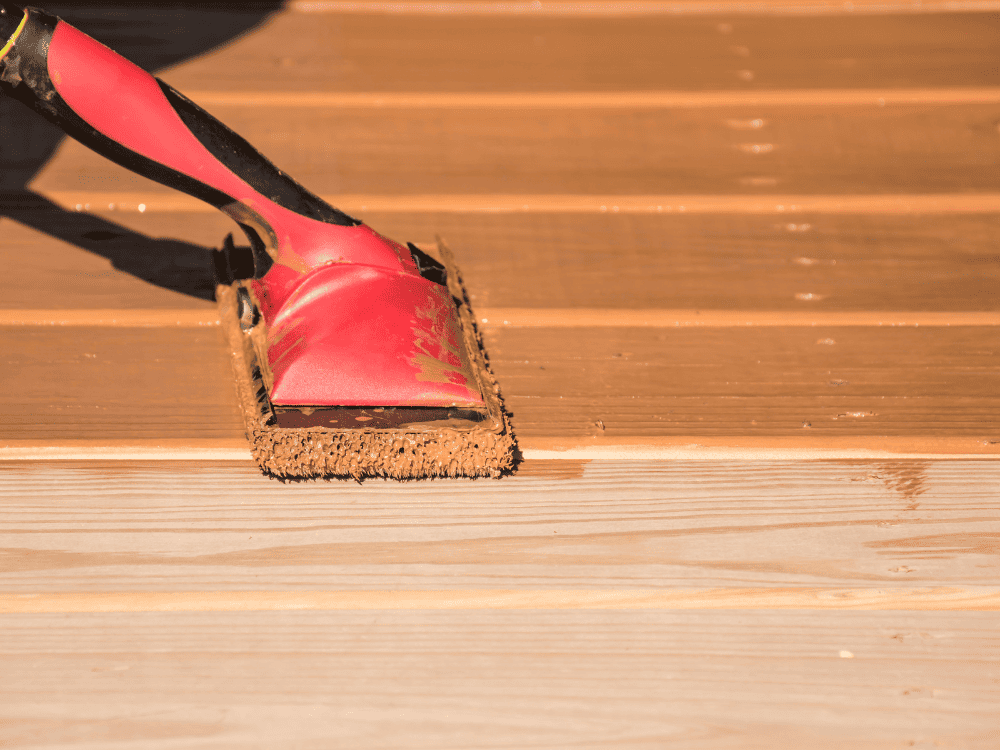
Proper priming is key to a successful paint job. Follow these steps to ensure your mango wood furniture is well-primed and ready for color
Use a Primer to Block Stains
- Choose a stain-blocking primer suitable for your mango wood furniture.
- Apply the primer with a sweeping motion, ensuring even coverage.
- This step helps prevent any existing stains or imperfections from bleeding through the paint.
Lightly Sand After the Primer Dries
- Once the primer has dried, lightly sand the surface to create a smooth foundation for the paint.
- This step ensures optimal adhesion of the subsequent paint layers.
Apply 2-3 Coats of Good-Quality Eggshell Paint, Sanding Between Each Coat
- Select a high-quality eggshell paint in your desired color.
- Apply 2-3 coats of paint, allowing each coat to dry before applying the next.
- Lightly sand between each coat to achieve a flawless and durable finish.
Let It Cure and Care
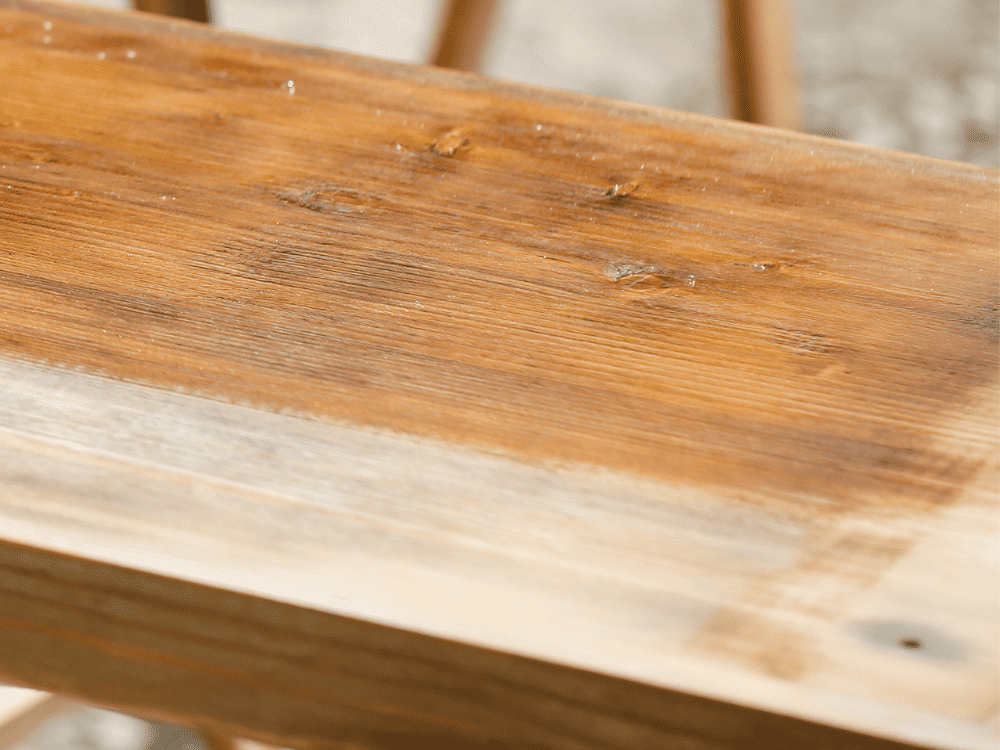
After completing the painting process, it’s essential to let the paint cure and take proper care of your newly painted mango wood furniture
Allow a Few Days for the Paint to Fully Dry
- Patience is key. Allow a few days for the paint to fully dry and cure before placing items on or using the furniture.
Handle with Care, Avoid Hot Items, and Clean Spills Promptly
- Treat your newly painted furniture with care. Avoid placing hot items directly on the surface to prevent damage.
- Clean up spills promptly to prevent stains and maintain the integrity of the paint.
Protect with Natural Beeswax
- For added protection and a subtle sheen, consider applying a thin layer of natural beeswax.
- This step enhances the durability of the paint and provides an extra layer of defense against daily wear and tear.
By following these priming and care steps, you’ll ensure that your freshly painted mango wood furniture stays vibrant and beautiful for the long haul.
Extra Steps for a Unique Look
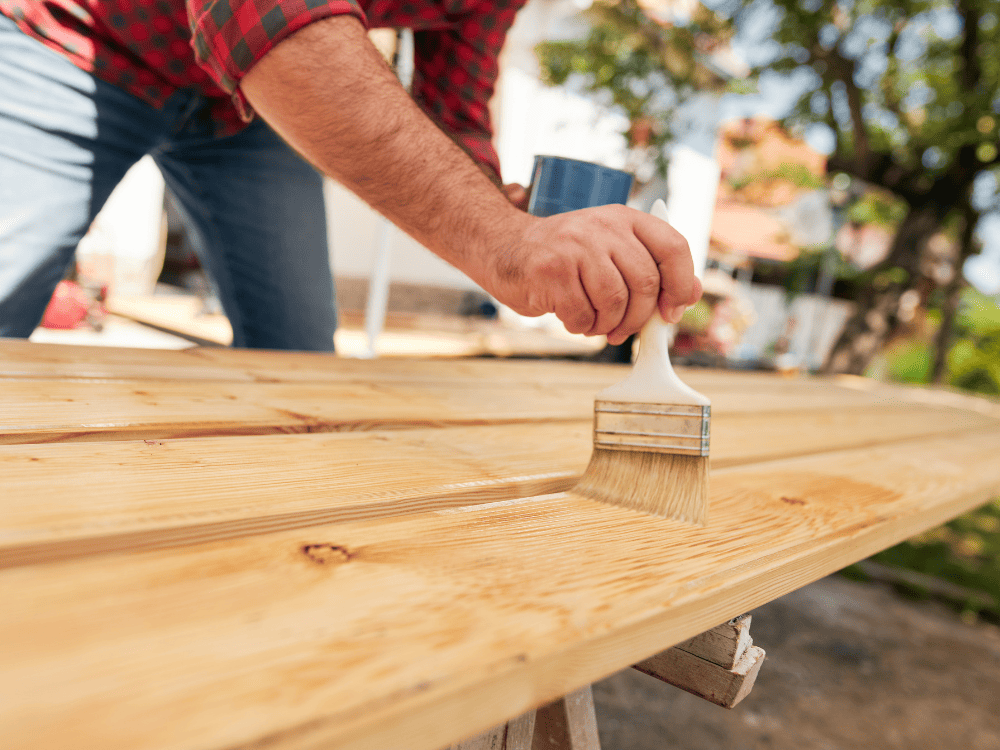
If you’re aiming for a special and distinctive appearance for your mango wood furniture, consider these extra steps for a unique look
For a Special Look, Use Ageing Glaze and Dead Flat Water Based Varnish
- Incorporate Ageing Glaze for a distinctive touch. This product highlights the natural grain of the wood, creating a subtle aged appearance.
- Follow up with Dead Flat Water Based Varnish for added protection and a matte finish.
Ageing Glaze Highlights Grain for a Subtle Aged Look
- Apply Ageing Glaze with a brush, ensuring even coverage.
- The glaze works by settling into the grain, emphasizing the natural patterns for a nuanced, aged look.
Apply Varnish for Protection
- Once the Ageing Glaze has dried, seal the unique finish with Dead Flat Water Based Varnish.
- The varnish not only protects the wood but also enhances the overall aesthetic.
Final Tips
To ensure the longevity of your newly painted mango wood furniture and maintain its unique look, consider these final tips
Treat It Gently, Like a Delicate Surface
- Handle your painted furniture with care, treating it delicately to avoid scratches or dings.
- This mindful approach contributes to the lasting beauty of your piece.
Skip Silicone-Based Spray Polishes
- Avoid silicone-based spray polishes, as they can create a residue that interferes with future paint adhesion.
- Stick to products that enhance the natural beauty of the wood without compromising its integrity.
Use Natural Beeswax, Like Wood Silk, for Protection
- For ongoing protection and maintenance, consider using a natural beeswax product like Wood Silk.
- Apply the wax sparingly for a gentle sheen and added defense against daily wear.
By incorporating these extra steps and following the final tips, you’ll not only achieve a unique and visually appealing look for your mango wood furniture but also ensure its durability and resilience over time.
Common Mistakes to Avoid
To ensure a successful painting process, it’s crucial to be aware of common mistakes and how to avoid them. Here are some insights
Identifying and Avoiding Potential Pitfalls
- Carefully inspect the furniture before starting the painting process to address any existing issues.
- Take your time during each step, ensuring proper drying and curing times to avoid premature damage.
Tips for Troubleshooting Common Issues
- If you encounter issues such as uneven paint application or streaks, consider lightly sanding and applying an additional coat.
- Be mindful of temperature and humidity, as extreme conditions can impact the drying and curing of the paint.
Inspiration and Design Ideas
Explore the endless possibilities of painted mango wood furniture by considering different designs and styles. Here are some ideas to spark inspiration
Showcasing Different Painted Mango Wood Furniture Designs
- Browse through a variety of designs, from classic and rustic to modern and eclectic.
- Consider color combinations and patterns that complement your personal style and home decor.
Using Paint to Enhance the Aesthetic Appeal of Furniture
- Experiment with bold or muted colors to create focal points or accent pieces in your space.
- Use paint to highlight unique features of your furniture, such as intricate carvings or distinctive wood grain.
Conclusion
Painting mango wood furniture is a rewarding process that allows you to refresh and personalize your pieces. By avoiding common mistakes, troubleshooting issues, and exploring design ideas, you can transform your furniture into unique, eye-catching creations.
If you are looking for new mango wood furniture then try our mango wood dining table at Meubles Inde. Shop now and give your furniture the care it deserves!

